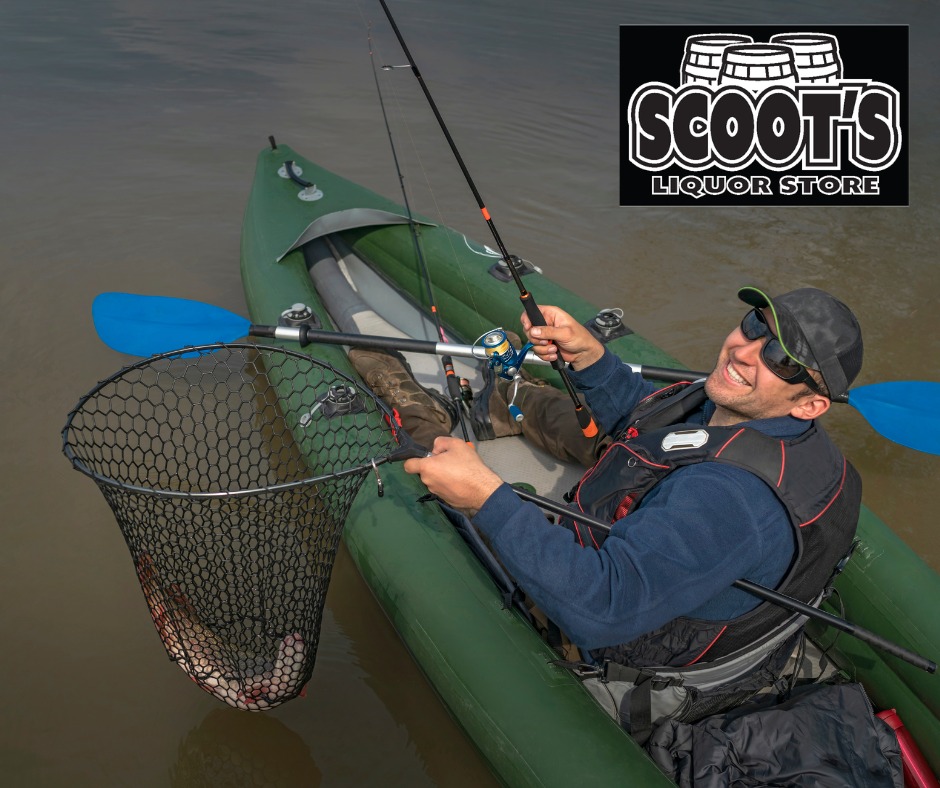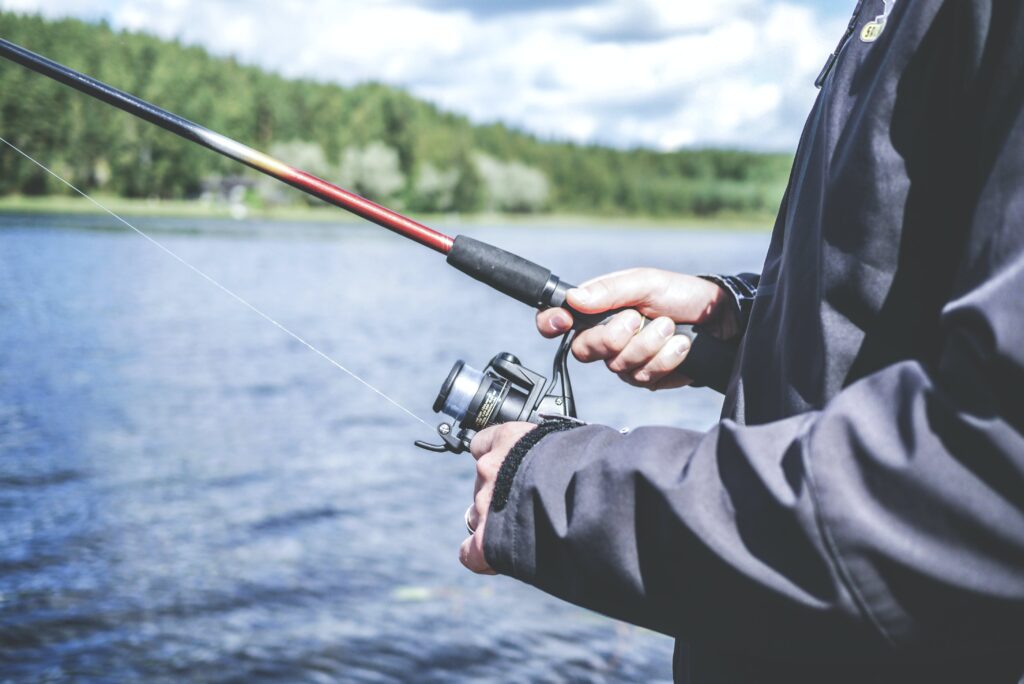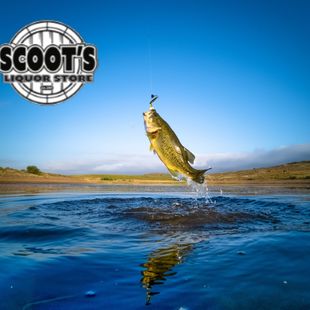
What is live baiting?
Live baiting is a fishing technique that employs the use of live organisms such as worms, minnows, and crickets to attract and catch fish. This method is ancient yet remains one of the most effective ways to fish due to its ability to mimic the natural prey of fish in their habitat. Live baiting taps into the instinctual feeding behaviors of fish, making it a powerful technique in both freshwater and saltwater angling.
Table of Contents
Benefits of live baiting
The primary advantage of using live bait over artificial lures is the significant increase in catch rates. Live bait is more appealing to fish because it moves, smells, and feels like their natural prey. This realism can trigger more aggressive strikes from fish and can be especially effective in clear water conditions where fish rely more on their vision. Additionally, it can attract a wider variety of fish species, making it a versatile choice for anglers targeting specific catches. Whether you’re fishing in a local pond or on a deep-sea charter, live baiting offers a closer-to-nature experience, enhancing the overall fishing adventure.
Selecting Your Live Bait
Types of Live Bait
The most common types of live bait include:
- Worms – Universally accepted as bait, worms such as nightcrawlers and red wigglers are favorites for freshwater fish like bass, trout, and walleye.
- Minnows – Small fish that are used to target larger predatory species such as pike, bass, and walleye in both freshwater and saltwater environments.
- Crickets and Grasshoppers – Excellent for panfish, trout, and small freshwater species, offering a crunchy texture and lively movement.
- Other Live Baits – Depending on the region and target species, anglers may also use leeches, frogs, and even small crustaceans like shrimp and crabs.
Choosing the Right Bait for Your Target Fish
Selecting the right live bait requires understanding the dietary preferences of your target species and the environment you’re fishing in. Here are a few tips:
- Freshwater Fishing: For bass, live minnows or worms work well. Trout prefer insects and small fish, so crickets or minnows are effective. Catfish are attracted to nightcrawlers and live shad.
- Saltwater Fishing: When targeting species like flounder or red drum, using live shrimp or small crabs can be very effective. For larger predators like tarpon or snook, larger minnows or even small baitfish are preferred.
The key to success with live baiting is matching the bait to the natural food sources of the fish in the specific body of water you’re fishing. This might mean using local baitfish or insects, as fish are more likely to strike at what they recognize as their usual prey. Additionally, consider the size of your bait in relation to the size of the fish you’re targeting; too large or too small can be less effective. By choosing the right type of live bait, anglers can significantly increase their chances of a successful fishing outing.

How to Source and Store Live Bait?
Sourcing Live Bait
Finding the right live bait can be as simple as visiting your local bait shop, like Scoot’s Bait Store, where you can find a variety of fresh, high-quality options tailored for different types of fish. For those who prefer a more hands-on approach, collecting your own bait is another viable option. Worms can be found after rain under logs or in garden patches, while minnows can be caught in streams and ponds using a fine mesh net. However, it’s crucial to familiarize yourself with local regulations regarding bait collection to ensure you’re complying with conservation laws and not disrupting local ecosystems.
Storage Solutions
Proper storage is key to keeping your live bait in prime condition. For worms and nightcrawlers, a container with moist soil and air holes for ventilation will keep them lively. Minnows and other small fish require an aerated container or bait bucket to provide sufficient oxygen, and the water temperature should be kept consistent to reduce shock. Portable aerators or battery-operated air pumps can be used to oxygenate the water, and for longer storage periods, a bait well or a specialized bait refrigerator can maintain the optimal conditions for your live bait.
Live Baiting Techniques
Rigging Live Bait
The way you rig live bait is critical to its effectiveness. The goal is to keep the bait alive and moving naturally to attract fish. For worms, hook them in multiple places along their body to allow for natural movement. When using minnows or other small fish, hook them through the lips, back, or tail, depending on how you want them to swim. The size of the hook should match the size of the bait to ensure it doesn’t overpower the bait or make it look unnatural. Always check your bait frequently to ensure it’s alive and adjust your rigging as needed for the best presentation.
Casting and Presentation
The presentation of your live bait plays a significant role in success. The key is to mimic the natural movement of the bait as much as possible. When casting live bait, do so gently to avoid dislodging or harming the bait. Techniques vary depending on the target species and environment. For instance, allowing your bait to drift naturally with the current can be very effective in rivers and streams, while in still water, subtle movements can be achieved by lightly twitching the line. Pay attention to how different species of fish respond to the movement of your bait and adjust your technique accordingly to maximize your chances of a catch.
By mastering the sourcing, storage, and presentation techniques, anglers can significantly enhance their fishing success. Remember, the goal is to present the most natural and appealing meal to your target fish, making the experience rewarding for both novice and experienced fishermen alike.


Common Mistakes to Avoid in Live Baiting
Handling and Stress
One critical aspect that is often overlooked is the importance of minimizing stress and handling of the bait. Stress can significantly reduce the effectiveness of live bait, as stressed bait tends to be less active and therefore less attractive to fish. When handling live bait, be as gentle as possible and try to limit the amount of time the bait is out of its natural environment. Use wet hands or a net to handle fish to minimize skin damage and stress. Keeping your live bait in conditions that closely mimic their natural habitat, such as maintaining proper water temperature and oxygen levels, can also help reduce stress and keep your bait lively and appealing to fish.
Overbaiting
Using bait that is too large or too active for the target species can be a common mistake. This practice, known as overbaiting, can intimidate smaller fish and lead to fewer bites. It’s essential to match the size and activity level of your bait to the preferences of the fish you’re targeting. Smaller fish are often more successful with smaller, less active bait, while larger predators may require larger and more vigorous live bait. Observing the natural prey of your target species can provide valuable insights into the appropriate size and type of live bait to use.
Live Baiting Ethics and Conservation
Responsible Live Baiting
Ethical fishing practices are paramount, not only to ensure the sport’s sustainability but also to respect local ecosystems. This includes using native species for bait to avoid introducing invasive species that can disrupt local habitats and harm native fish populations. Anglers should also practice catch and release responsibly, using barbless hooks where possible and handling fish with care to increase their survival chances upon release. By adhering to local regulations and obtaining the necessary permits for live baiting, anglers contribute to the conservation of fishery resources.
Conservation Tips
Sustainable baiting practices play a crucial role in conservation efforts. Anglers can contribute by:
- Choosing Native Bait – Always opt for bait species that are native to the water body you’re fishing in. This practice helps prevent the accidental introduction of non-native species.
- Proper Bait Disposal – Never release unused live bait into the wild. Dispose of it properly to prevent the spread of diseases and non-native species.
- Educating Yourself and Others – Stay informed about the best practices and share your knowledge with fellow anglers. Promoting awareness can lead to broader adoption of ethical and conservation-minded fishing practices.
By avoiding common mistakes and adhering to ethical and conservation principles, anglers can enjoy the benefits of live baiting while ensuring the sustainability and health of aquatic ecosystems for future generations.
FAQ Section
Are you allowed to use live fish as bait?
The legality of using live fish as bait varies by location and the species of fish. Some areas allow it, while others have restrictions or outright bans, especially concerning invasive species or endangered fish populations. Always check local fishing regulations before using live fish as bait.
Is it better to fish with live bait or lures?
Whether live bait or lures are better depends on several factors, including the type of fish you’re targeting, water conditions, and personal preference. Live bait tends to attract more fish due to its scent and natural movement, making it highly effective in most situations. However, lures can be better for catch-and-release fishing since they are less likely to be swallowed deeply by fish.
Where is the best place to hook live bait?
The best place to hook live bait depends on how you want it to move in the water. For a natural swimming action, hook fish through the lips or nostrils. To encourage a struggling motion, hook them near the tail. Ensure the hook is secure without causing fatal damage to the bait.
What is the best hook for live bait?
Circle hooks are often recommended for live baiting because they are designed to hook the fish in the corner of the mouth, reducing gut hooking and facilitating easier release. The size of the hook should match the size of the bait to keep it lively and attractive to fish.
What bait attracts the most fish?
Worms are universally recognized as one of the most effective baits, attracting a wide variety of fish species in different environments. However, the “best” bait can vary depending on the species of fish you’re targeting and local conditions.
Can fish smell you on bait?
Fish have a keen sense of smell and can detect foreign scents, including human scent on bait. To minimize this, handle bait with clean hands or use gloves. Some anglers also believe in “scenting” their baits with attractants or natural scents to mask human odors.
How to hook a live bait?
To hook a live bait, gently but firmly insert the hook through the bait’s body in a way that maximizes its natural movement and longevity. For fish, hooking through the lips, back, or belly can be effective, depending on how you want the bait to behave in the water. For worms and other soft baits, threading the bait onto the hook in multiple places can ensure it stays on while allowing natural movement.
How to bait live shrimp?
To bait live shrimp, insert the hook from underneath and through the head, avoiding the black spot (its brain) to keep it alive longer. Alternatively, hooking the shrimp in the tail allows it to maintain a natural swimming action, making it more attractive to predatory fish.
Maximizing Success with Live Baiting
The success of this technique hinges on understanding and respecting the natural behaviors of both bait and target fish. By selecting the appropriate live bait, storing it correctly, and presenting it in a way that mimics natural prey, anglers can significantly increase their catch rates. Remember, the key to effective live baiting lies in experimentation and adaptability. Different conditions, times of day, and fish species may require unique approaches, so don’t be afraid to try various techniques until you find what works best for your specific situation.
For those planning a fishing trip in Shamong, NJ, Scoot’s Liquor Store is your go-to destination for all your bait and fishing supply needs. With a wide variety of high-quality hard and soft baits, as well as live options like worms and minnows, Scoot’s ensures that anglers have access to the best possible selection to meet their fishing requirements. Beyond bait, the store is stocked with an array of fishing supplies to enhance your experience on the water. Whether you’re an experienced angler or new to the sport, Scoot’s Liquor Store supports your passion for fishing with the right gear and expert advice. Click the button below to learn more about us.
